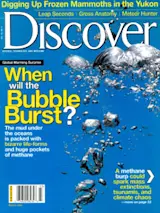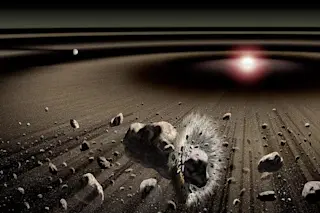Nuclear physicists have long suspected the existence of atoms far heavier than any yet discovered, but they lacked the technology needed to synthesize them. Now, a joint American-Russian team has found two new elements—numbers 113 and 115 on the periodic table—hinting at an impending breakthrough in creating novel forms of matter that will test our understanding of atomic behavior.
Ultra-heavy elements tend to disintegrate almost as soon as they are created. The two new ones, however, appear to be the first of a long-sought family of relatively long-lived atoms. “You’re getting to a region where it looks like there is enhanced stability,” says Joshua Patin of Lawrence Livermore National Laboratories in California, chief data analyst for the collaborative project. To find these elements he and colleagues at Livermore and Russia’s Joint Institute for Nuclear Research collided ions (charged atoms) with other, target atoms in a cyclotron, a machine that accelerates ...














